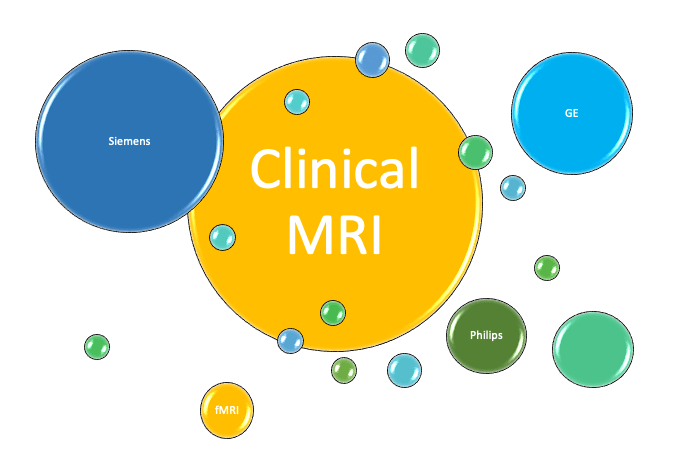Review of “The Distracted Mind” by Adam Gazzaley and Larry D. Rosen
Peter Bandettini • January 19, 2017
Some of my highlights:
The Marginal Value Theorem:
Gazzaley, Adam; Rosen, Larry D. (2016-09-16). The Distracted Mind: Ancient Brains in a High-Tech World (MIT Press). The MIT Press.
There are many obvious things that we humans do to a much larger degree than other animals. We construct great civilizations, we create advanced technology, we use complex language, we make art and tell stories. How do our unique capabilities guide us in figuring out how our brains are different from those of other animals, if they are?
The paper by Marek et al ( Reproducible brain-wide association studies require thousands of individuals, Nature, 602, 7902, pp 654-660, 2022 ) came out recently, and caused a bit of a stir in the field for a couple of reasons: First, the title, while an accurate description of the findings of the paper, is bold and lacking just enough qualifiers to quell immediate questions. “Does this imply that fMRI or other measures used in BWAS are lacking intrinsic sensitivity?” “Is this a general statement about all studies now and into the future?” “Is fMRI doomed to require thousands of individuals for all studies?” The answers to all these questions is “no,” as becomes clear on reading the paper.

One defining and often overlooked aspect of fMRI as a field is that it is has been riding on the back of and directly benefitting from the massive clinical MRI industry. Even though fMRI has not yet hit the clinical mainstream – as there are no widely used standard clinical practices that include fMRI, it has reaped many benefits from the clinical impact of “standard” MRI. Just about every clinical scanner can be used for fMRI with minimal modification, as most vendors have rudimentary fMRI packages that are sold. Just imagine if MRI was only useful for fMRI – how much slower fMRI methods and applications would have developed and how much more expensive and less advanced MRI scanners would be. Without a thriving clinical MRI market only a few centers would be able to afford scanners that would likely be primitive compared to the technology that exists today.


